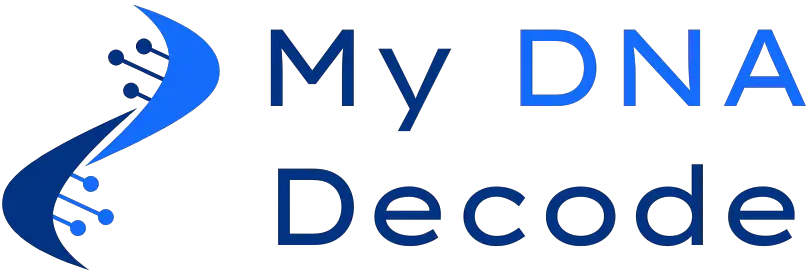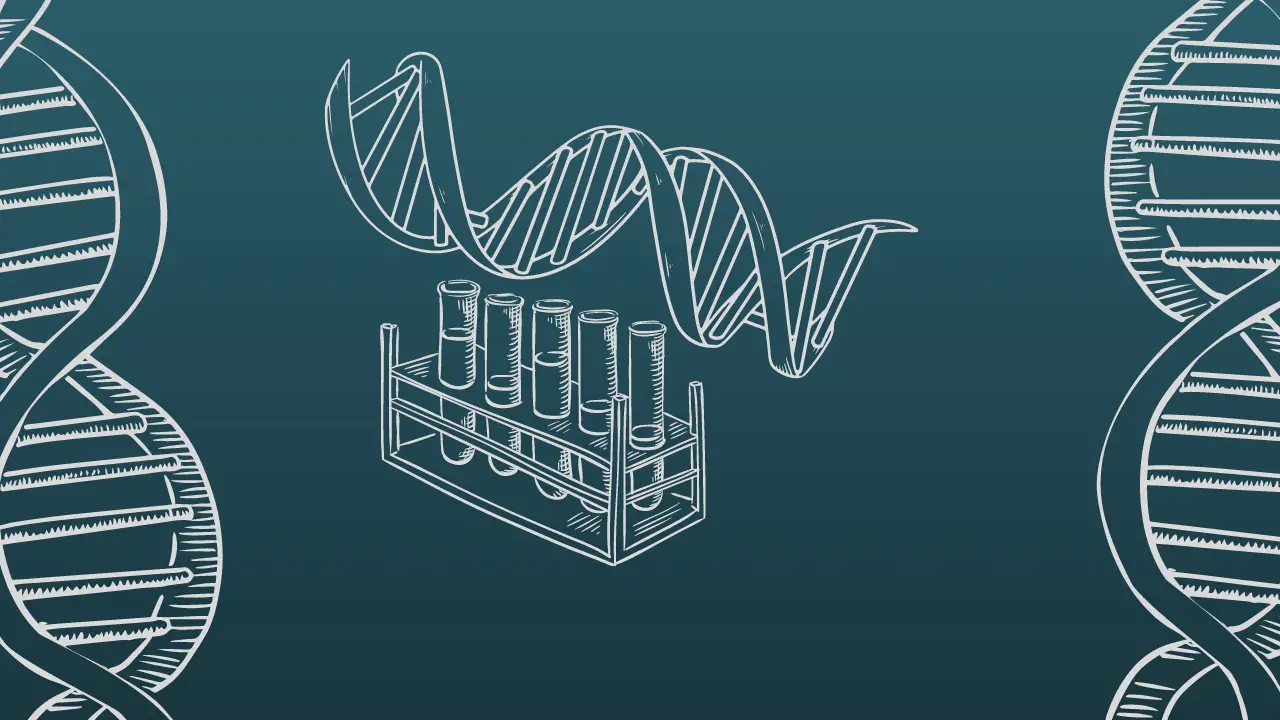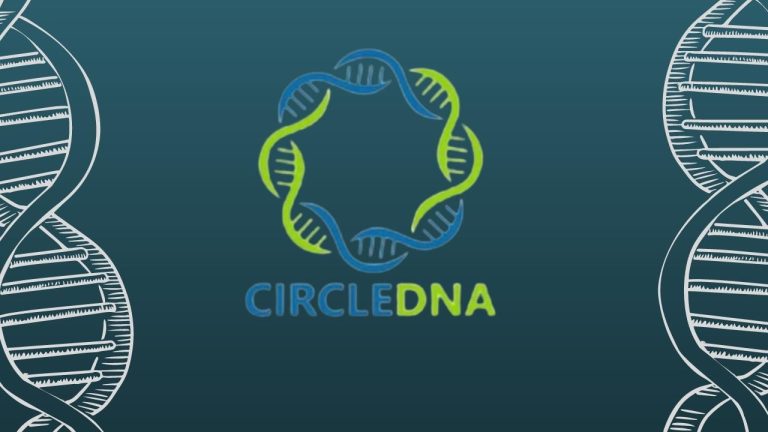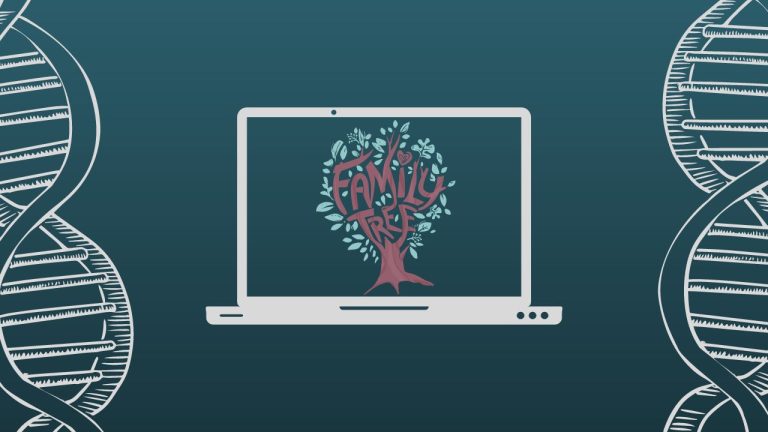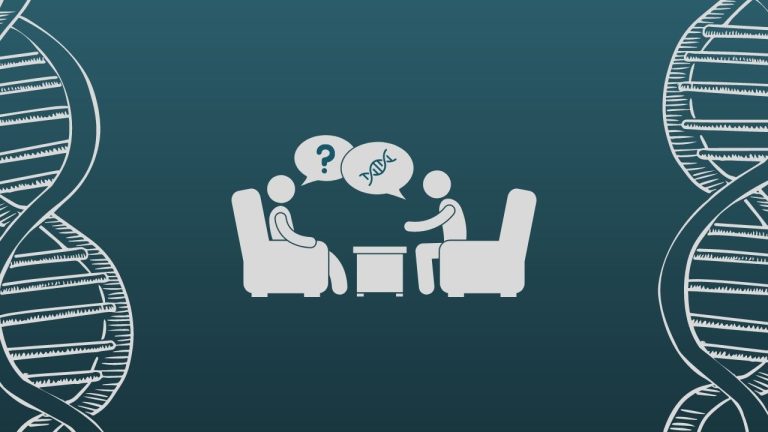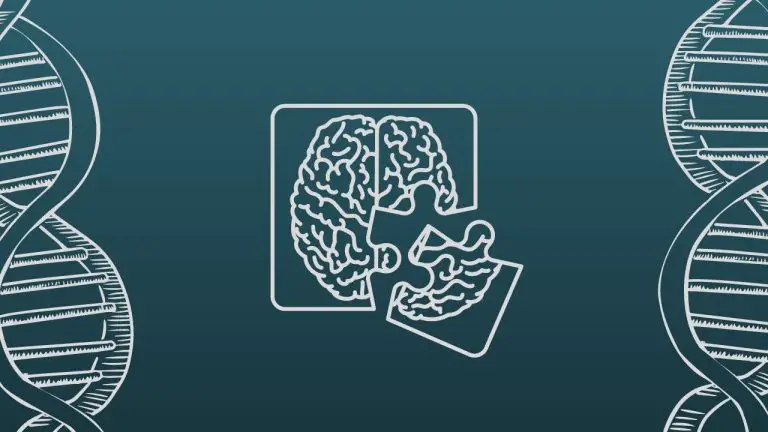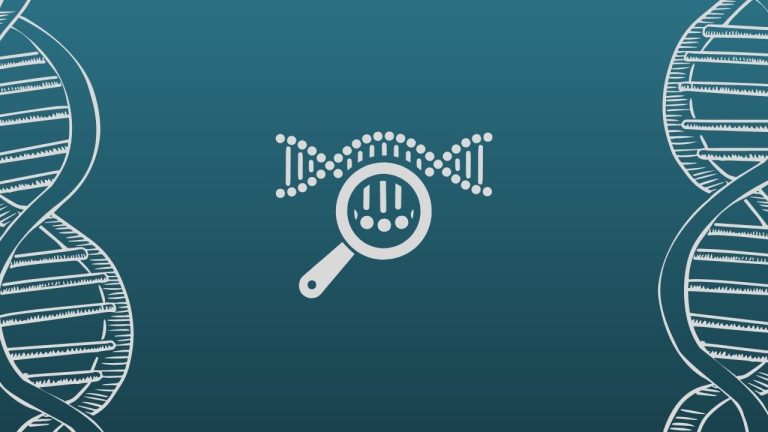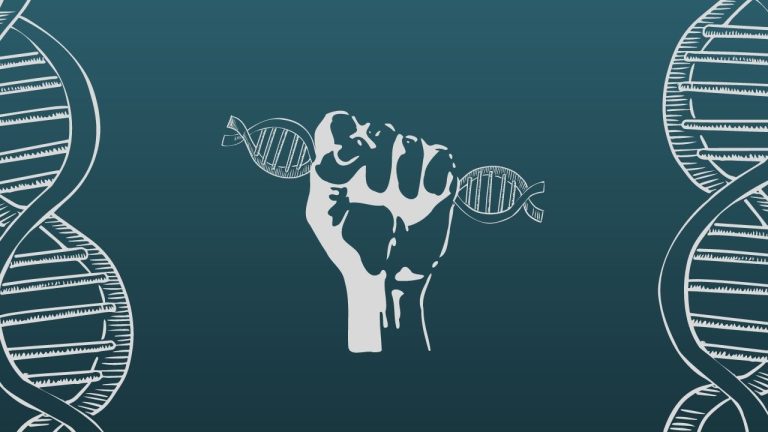8 Popular Types of DNA Tests and How They Can Help You
Gone are the days when DNA testing was only part of true crime dramas, like when forensic investigators rush to a crime scene to collect DNA samples from suspects. Today, DNA tests are common, and more and more people are turning to them for various reasons, such as to learn more about their ancestry, find out about possible health risks, or even confirm paternity.
However, even with the way DNA tests are common, it is essential to understand that not all DNA tests are the same, as some people still believe. There are many DNA tests; each has its purpose and provides unique information.
Therefore, knowing the different kinds of DNA tests and what they can tell you is essential to making an informed decision about which test is right for you.
This article will overview the various types of DNA tests available, their purpose, and what they can reveal. Whether you are looking for an answer to your ancestry questions or a way to confirm paternity, this information will help you understand the different types of DNA tests and what they can tell you.
What Is a DNA Test?
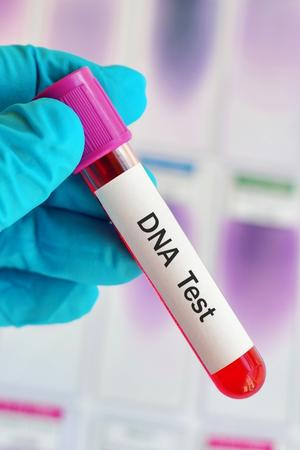
A DNA test is a scientific test that looks at a person’s genes by analyzing their DNA. Also, DNA, or deoxyribonucleic acid, is the hereditary material in humans and other organisms. It is found in the nucleus of every cell and consists of two long strands coiled around each other.
These strands consist of smaller units called nucleotides, which are bases that pair together to form the structure of DNA. When a DNA test is performed, a sample of a person’s DNA, which can be blood, saliva, or cells from inside the cheek, is taken and then analyzed to identify the specific nucleotides that make up their DNA.
As previously said, you can use DNA tests to discover many different things, like your ancestry, if you are the father or mother of a child, or if you have a genetic health condition. Depending on the type of DNA test and the purpose for which it is run, different kinds of information can be revealed by a DNA test.
The Different Types of DNA Tests and Their Purposes
Let’s take you through the different types of DNA tests and what they can tell you:
1. Ancestry Tests
An ancestry DNA test is a type of DNA test that is used to determine a person’s ethnicity and ancestry. This type of DNA test looks at a person’s genes to determine the regions of the world from which their ancestors originated.
Ancestry DNA tests can be used to determine a person’s ethnicity in terms of percentages and ancestral origins. They can also identify genetic markers associated with some areas of the world, giving you a more specific idea of where your ancestors came from.
Also, these tests can give information about a person’s health risks, so they can take steps to avoid or lessen problems that might happen. Ultimately, ancestry DNA tests can provide people with valuable insights into their past and help them make more informed decisions about their future.
In an ancestry DNA test, a sample of your saliva or blood is taken and analyzed to determine which genetic markers are linked to different parts of the world. Once the analysis is complete, you will receive a report about your ancestry from over 500 distinct regions worldwide.
2. Paternal DNA Test
Paternity testing is a DNA test that shows whether a man is the biological father of a child. This testing can be done using a child’s or man’s blood, saliva, or hair sample.
People perform paternity tests for many reasons, including establishing child support payments, determining visitation rights, and establishing custody arrangements. In some cases, paternity tests may also be used to settle immigration issues or determine inheritance rights.
Paternity tests are highly accurate and can provide definitive results. However, in some cases, additional testing may be needed to confirm the results.
Overall, paternity tests are one of the best ways to prove who the parents are and can give everyone involved peace of mind.

3. Maternity Tests
A maternal DNA test is a test that looks at a person’s mitochondrial DNA to determine their maternal line. Mitochondrial DNA is passed down from mother to child, so this test can trace a person’s maternal line back in time.
These tests are often used for genealogical purposes but can also confirm or refute a biological relationship between two individuals. In some cases, maternal DNA tests may also be used to diagnose genetic disorders passed down through the maternal line.
4. mtDNA Test
A mitochondrial DNA test is a DNA test that looks at your mitochondrial DNA. Mitochondrial DNA is the DNA in your mitochondria, which are structures in your cells that generate energy. Your mitochondrial DNA is passed down to you from your mother.
The mitochondrial DNA test can be used to determine if two people are related through their mothers. It can also be used to determine the maternal line of a person’s ancestry. The test is sometimes called a maternal lineage test or an mtDNA test.
A blood sample, a cheek swab, or a hair sample can be used for the test. It may take 20-30 working days to receive the test results.
5. Y-DNA Test Genealogy
The Y-DNA test is a direct paternal lineage test that can only reveal your father’s line. This is because the Y chromosome is only passed down from fathers to sons, whereas women only pass down the X chromosome.
Since the Y chromosome doesn’t recombine with the X chromosome during meiosis, it’s possible to use DNA testing to trace a clear paternal line back to a common ancestor. The Y-DNA test will tell you what haplogroup you belong to and can give you information about your deep ancestral origins.
It can also be used to find genetic relatives and connect with distant cousins who share your paternal line. So the Y-DNA test is a great place to start if you’re interested in learning more about your family history.
6. Autosomal or Short Tandem Repeat (STR) DNA

Autosomal or STR DNA tests look at specific locations (markers) on an individual’s chromosomes to determine identity. These markers are inherited in a predictable pattern, so they can be used to identify family relationships.
If two people have identical DNA at all markers tested, they are most likely siblings. The more markers shared, the more likely relatedness. One of the most common types of DNA tests is STR testing. It is frequently used in paternity and forensic investigations.
STR testing can determine relationships between people who share a common ancestor, such as siblings, parents, children, aunts/uncles, nieces/nephews, or first and second cousins. This type of testing can also be used to help identify remains or solve crimes.
7. Haplogroup DNA Test
A haplogroup DNA test looks at a person’s Y chromosome or mitochondrial DNA to determine their deep ancestral origins. Haplogroups are groups of related people who share a common ancestor.
The results from a haplogroup test can tell you about your ancient ancestors, and it can also be used for genealogical purposes. For example, by tracing their shared haplogroups, you could use a haplogroup test to determine if two individuals are related.
Haplogroup testing can also be used to identify remains or solve crimes. It is a handy tool for researchers and genealogists who want to learn more about their ancestors’ origins.
8. Biogeographical
The biogeographical ancestry test is a type of DNA test that examines the genetic markers in your DNA to determine where your ancestors originated. It can reveal the migrations of your distant ancestors and provide a general idea of where your family may have originated.
This type of test can also be used to determine if two people are related and to estimate the time frame in which they might have shared a common ancestor. Biogeographical ancestry testing is helpful for those interested in learning more about their family history and tracing their lineage back to its roots.
How to Choose the Right DNA Test for You

We have successfully discussed the types of DNA tests available and the information they can reveal. Now, let’s look into some tips for choosing the right DNA test.
Figure Out Your Goal
What is the purpose of testing? Do you want to know more about your ancestral history, find genetic matches, or determine paternity? Different tests are designed for different goals and will provide different results.
For instance, a Y-DNA test is excellent for tracing your paternal line and discovering information about your deep ancestral origins. In contrast, an autosomal test can help you find genetic relatives.
Research Your Options
To determine which test suits your needs and budget, consider the accuracy of results and price comparisons. In addition, verify the credibility of the test’s source. By conducting research, you can select the best DNA test for you.
Consider Cost and Time
Some DNA tests can be expensive and require weeks to get the results back. Consider cheaper options that provide faster results depending on your needs and budget.
For example, STR tests are relatively inexpensive and can provide results in just a few days. On the other hand, Y-DNA tests can be more expensive but often provide more detailed information about your ancestral history.
Discuss With Your Healthcare Provider
Speaking with a healthcare professional is another way to determine which DNA test is right for you. They can offer guidance and resources regarding available tests to help you make an informed decision.
In addition, your doctor can answer any questions about the tests, including how they are performed, potential risks, and the reliability of the results.

Final Thoughts
We have taken you through the different types of DNA tests available and how to choose the right one. Testing can be an exciting way to learn more about your family history and discover distant relatives.
Before getting a test, do your research and discuss it with your healthcare provider. Then, with your new-found knowledge, you can find the best DNA test for your needs.
We hope you’ve found this article helpful. Feel free to comment your thoughts below, and share this article with a friend!
